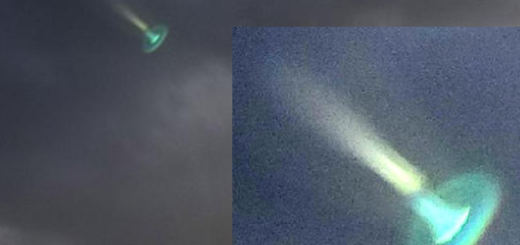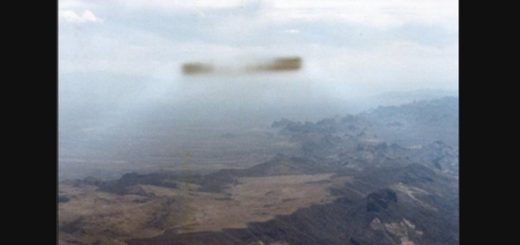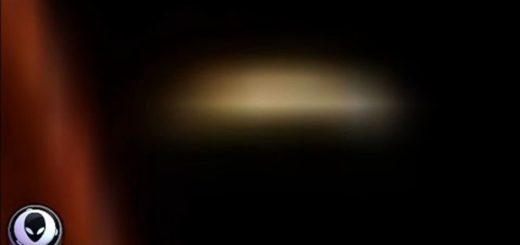Mysterious Ancient Tully Monster Is So Weird It Cannot Be Classified
– The ancient Tully Monster is a decades-old paleontological mystery that scientists still cannot solve. The ancient animal is so weird it simply doesn’t fit any classification.
First discovered in the 1950s in Mazon Creek, a prolific fossil bed in central Illinois, the Tully Monster, Tullimonstrum gregarium has become a scientific challenge.

Though thousands of Tully specimens have been recovered from 300-million-year-old ironstone strata, scientists have been unable to make out exactly what the Tully Monster is.
This unusual ancient animal was previously classified as a type of fish after decades of uncertainty.
However, according to a new study by paleobiologists at the University of Pennsylvania the Tully Monster is not a vertebrate, an animal that has a backbone and a skeleton. ‘
Scientists do not team has not proposed an alternate classification, but they do argue that the previous study was flawed.
“This animal doesn’t fit easy classification because it’s so weird,” Lauren Sallan, an assistant professor at the University of Pennsylvania.
“”It has these eyes that are on stalks and it has this pincer at the end of a long proboscis and there’s even disagreement about which way is up. But the last thing that the Tully Monster could be is a fish.”
“It’s important to incorporate all lines of evidence when considering enigmatic fossils: anatomical, preservational and comparative,” said Sam Giles, a junior research fellow at the University of Oxford and coauthor of the study. “Applying that standard to the Tully monster argues strongly against a vertebrate identity.”
“Initially it was published as a worm,” Sallan said. “There is a well-constructed argument that it is some kind of mollusc, like a sea cucumber. And there’s another very strong argument that it’s some kind of arthropod, similar to a lobster.”
Based on Sallan’s and her colleagues’ examination of Tullimonstrum eyes, these creatures in fact possess what is known as a cup eye, a relatively simpler structure that lacks a lens.
“Eyes have evolved dozens of times,” Sallan said. “It’s not too much of a leap to imagine Tully monsters could have evolved an eye that resembled a vertebrate eye.”
“So, the problem is, if it does have cup eyes, then it can’t be a vertebrate because all vertebrates either have more complex eyes than that or they secondarily lost them,” Sallan said. “But lots of other things have cup eyes, like primitive chordates, molluscs and certain types of worms.”
Researchers have examined more than 1,000 Tully Monster specimens, but the identity of the weird creature still remains a mystery.



 Creators of mankind
Creators of mankind Description of “Tall white aliens”
Description of “Tall white aliens” Where they came from?
Where they came from? About hostile civilizations
About hostile civilizations The war for the Earth
The war for the Earth “Tall white aliens” about eternal life
“Tall white aliens” about eternal life Video: “Nordic aliens”
Video: “Nordic aliens” Aliens
Aliens Alien encounters
Alien encounters The aliens base
The aliens base UFO
UFO Technology UFO
Technology UFO Underground civilization
Underground civilization Ancient alien artifacts
Ancient alien artifacts Military and UFO
Military and UFO Mysteries and hypotheses
Mysteries and hypotheses Scientific facts
Scientific facts


















